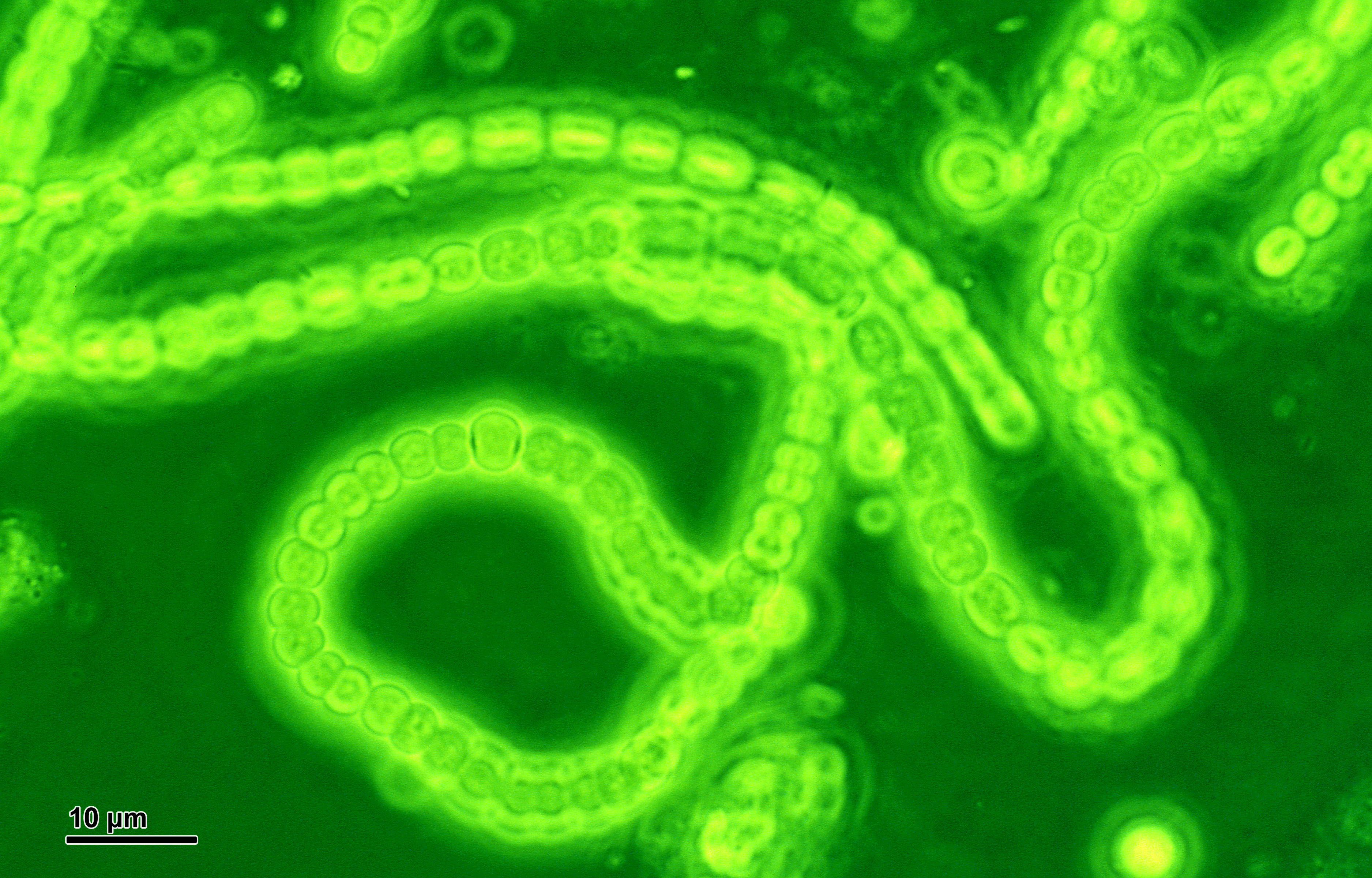A clue to Martian life could be on Earth
If there’s water on Mars, the Arctic hints there may also be life.
Ryan F. Mandelbaum • October 7, 2015

Scientists found Cyanobacteria DNA in Lost Hammer, a cold, salty spring in the Canadian Arctic that scientists study to better understand the frigid Martian environment. [Image credit: Josef Reischig]
On Sept. 28, NASA confirmed signs of flowing water on Mars. It wasn’t a lake or river, but narrow streaks of brine: Salt-saturated water that soaked the soil. With an average temperature of minus 80 degrees Fahrenheit, it makes you wonder if life could actually survive on the planet — even with water.
Luckily, there are a few places on Earth that are similarly cold and salty, so we can use them to play some mental games about what life on Mars could be like.
The Lost Hammer spring in Nunavut, Canada is one example of a Mars-like place. Located on Axel Heiberg island in the Arctic, it fits the cold and salty criteria with minus 60 degree Fahrenheit temperatures and has a very high salinity. As on Mars, the hypersalinity prevents the Nunavut spring from freezing. This spring is studied for the types of life that can exist in this type of setting.
While it’s exciting enough that a Mars-like environment can be studied on Earth, there’s more to the story. In a study published in 2010 by McGill University scientists, three dominant types of bacteria were extracted from samples pulled from the spring.
Don’t go crying “Martians!” just yet, though. The samples collected in Lost Hammer only contained DNA, not live bacteria. While the scientists found that the DNA belonged to bacteria that could exist in a super-salty and extremely cold environment, they could not conclusively say whether the spring was actually host to an active community, or a dormant community — sort of like bacteria in a coma who cannot reproduce. If only dormant, it may throw a wrench in our search for active life on Mars.
Regardless, the fact that such a harsh environment could support life at all is incredibly exciting now that there is strong evidence of flowing water on Mars. And there’s another promising sign: Scientists have long known that methane exists in the Martian atmosphere, and some bacteria on Earth thrive in methane-rich environments like riverbeds. Methane can be produced in natural processes by some bacteria (though not by the bacteria found in the Lost Hammer spring). Of course, Mars is a very different place from the arctic, with a weaker atmosphere composed of different gases than Earth. Flowing water alone does not imply the presence of life.
Unfortunately, we haven’t discovered life on Mars yet. Thankfully, NASA is working to send a person to Mars by 2030, while private entrepreneur Elon Musk and organization Mars One continue to push to colonize it. And in 2020, years before the first humans get to Mars, another NASA rover will explore the surface – this time with instrumentation designed specifically to study microbial life.
So, we will almost certainly have to wait at least a few years to conclusively determine whether there’s life on the red planet. With the latest evidence of water on Mars, and the signs of life in Mars-like environments like Lost Hammer, it’s going to be hard to wait.